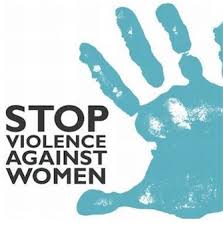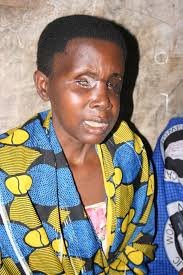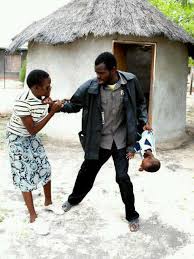WHAT IT WILL TAKE TO END GENDER-BASED VIOLENCE IN UGANDA



Growing up in an age of rapid and unprecedented changes, impacting the way we treat one another in places of work, education, and family, thus presenting the great need to move with trends of information access through technology bursts of social media: whatsapp, Twitter, facebook, YouTube; increased rural-urban migration: which usually comes with prostitution, sexual harassment, domestic violence, marital instability, separation, and divorce arising from land rights concerns, industrialisation, feminism to mention but a few.
In Uganda traditionally, girls, women and children are known to be more violated than men but behind the unknown scenes of life, men and boys’ lives are at the mercy of their boldness.
.jpeg)
This write-up discusses the typographies of gender-based violence, causes and strategies to mitigate the causes. Gender-based violence is any physical or emotional act against children, girls, women, boys, and men that deteriorates their performance in their daily being.
Quoting Mrs. Jacquile Emodek from Daily monitor, Friday 8th December 2017, page 10, ‘a high number of pupils in primary schools across Uganda continue to report having been emotionally and physically abused by a teacher or bullied in school by their peers.’
Relatively, a Vision Reporter of 18th January 2015 at 03:24pm notes, ‘experts have revealed that Female Genital Mutilation of girls in the Karamoja and Sebei regions being on the rise.’
From the above analysis, the typographies of Gender-based violence in Uganda range from forced early marriage, domestic violence, school-related, female genital mutilation, exploitation of domestic workers, work related (sexual harassment), and rape. For example, school going girls tend to miss on school lessons and end up being punished and when asked they lament saying they in their menstrual cycle.
As well boys that develop deep voices in primary, end-up in verbal violence with comments such as, ‘you are already old why don’t you get married and start a family.’
The above mentioned typographies have been caused by drug abuse (alcohol, marijuana, cocaine); Ignorance: people are not informed on the different sex rights; cultural norms; poverty and war.
I suggest that the following strategies to curb the causes of Gender-based violence in Uganda should be; use of podcasts (to increase awareness); transforming socio-cultural norms: such as Female Genital Mutilation: informing the masses of its disadvantages to the victims; community involvement: use of conferences to broaden awareness on causes, this shall create parent-to-parent, child-to-parent, children-to-teacher relationships thus increased approachability and a free environment; men, women, girls and boys empowerment; for poverty: embrace financial inclusion; for drug abuse: stringent laws on people that manufacture, sell, and buy drugs.
In conclusion, I recommend a come together of men, women, girls, boys, Ugandan government, concerned persons and organisations such as NGOs (Non-Government Organisations) and CBOs (Community Based Organisations) to change the face of Uganda as per the Gender-based violence.

.jpeg)